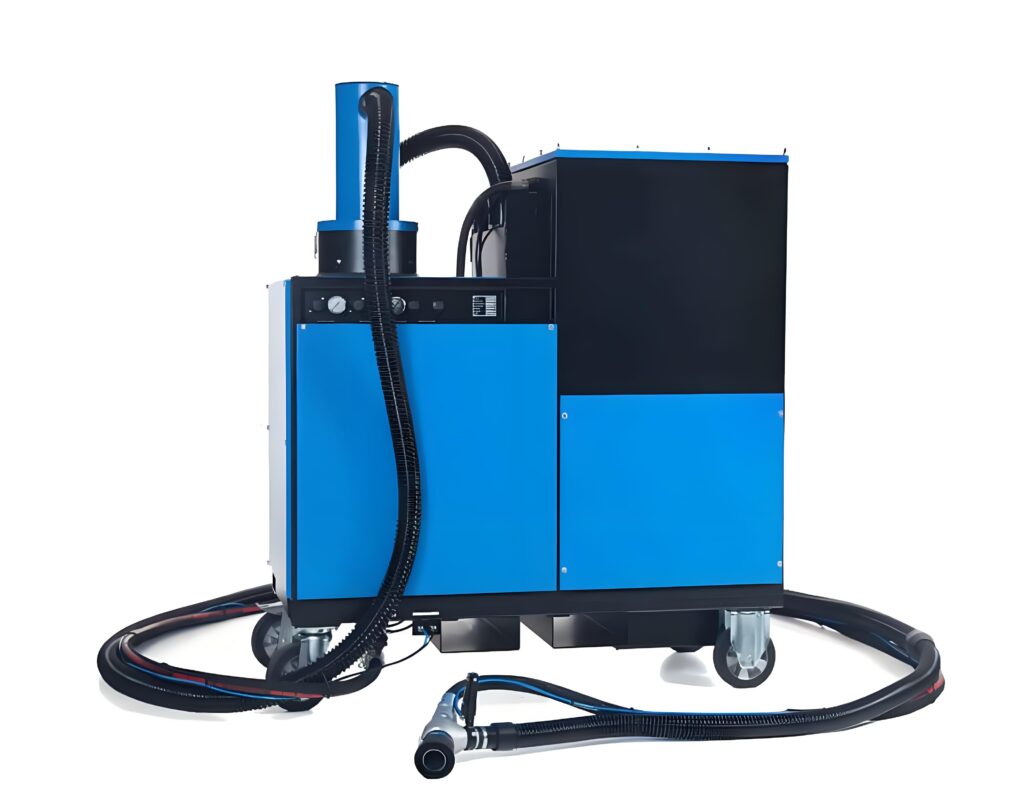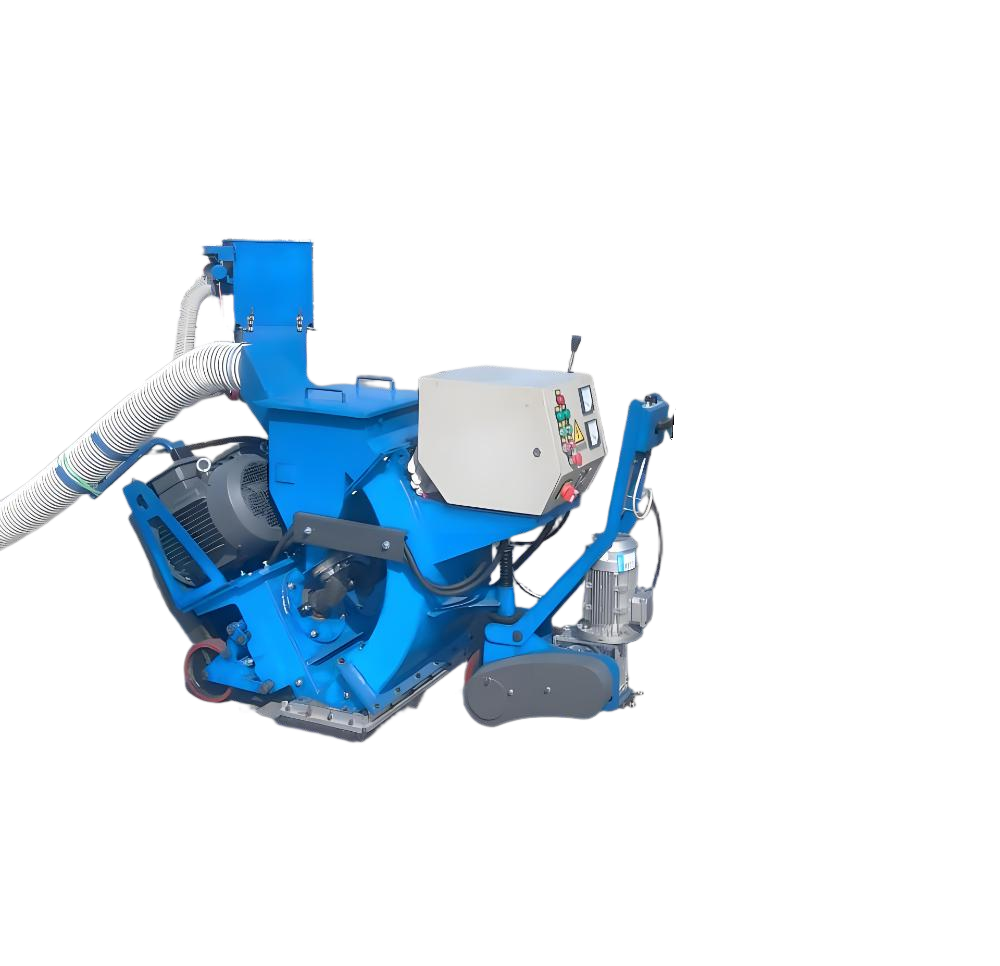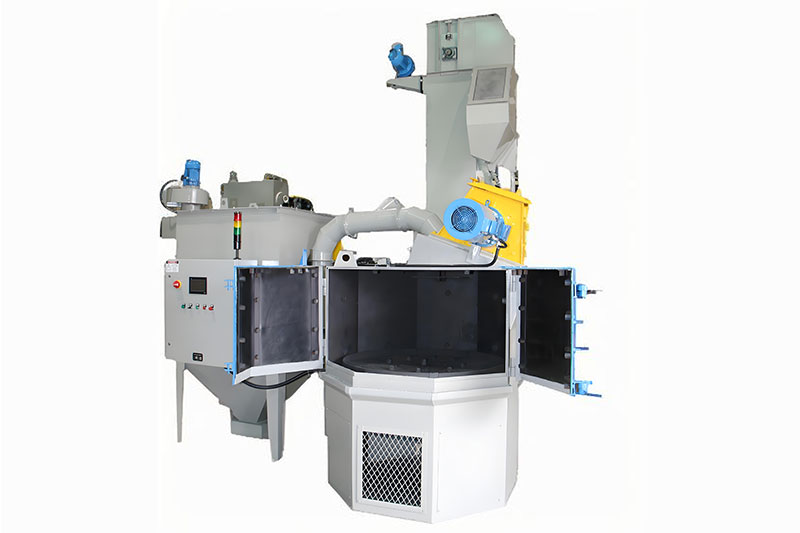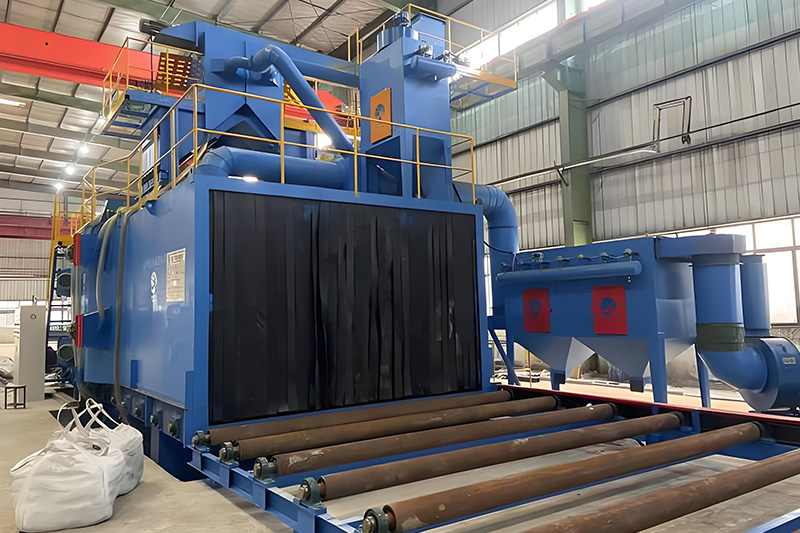Why We Keep Reinventing the Wheel?
Stanislav, you have just concluded a major review of our wheel portfolio, reducing the number of wheels people can buy from us. Why is reducing choice a good thing?
Because “the more choice, the better” is a false logic when it comes to blast wheels. From an engineering perspective, it’s possible to answer any customer need with a smaller, perfectly formed portfolio, while ensuring our customers have access to only the very best, the very latest science and innovation. We’re proud of the rich legacy of wheel innovation that our huge family tree of wheel types and brands represents. We’ve looked after all of them and we’ve learned from them. But dozens of different wheel types can’t all be the best.
Is that the hidden risk in keeping legacy wheels going?
Absolutely. At Wheelabrator, it’s in our DNA to support and look after decades old equipment whether it’s got our name on it or not. That’s a good thing. The exciting challenge is to bring innovation to those machines. Wheels are the key to that.
You simply shouldn’t underestimate how much the wheel determines the performance of a shot-blast process – not just in blast results, but in energy use, abrasive consumption, wear behavior, maintenance cost.
If a wheel is 20 years old and hasn’t been upgraded, the difference in running cost and performance compared to a state-of-the-art wheel will be significant. And it’s an incredibly cost-effective wheel upgrade to do. It could give you the performance of a new machine at a fraction of the cost, enable you to do more with less or even adapt the machine to new requirements.
The new wheel portfolio is global by default. What does that mean and how do customers benefit?
Let me start by explaining the benefit to our customers. A global approach to wheel innovation means that our wheel portfolio is constantly improved based on learnings from our entire installed base and from a vast number of customer tests around the world.
Innovations are carried across the different wheel families and the variations that are there between the wheel designs are not about regional differences but about what works best for the application.




